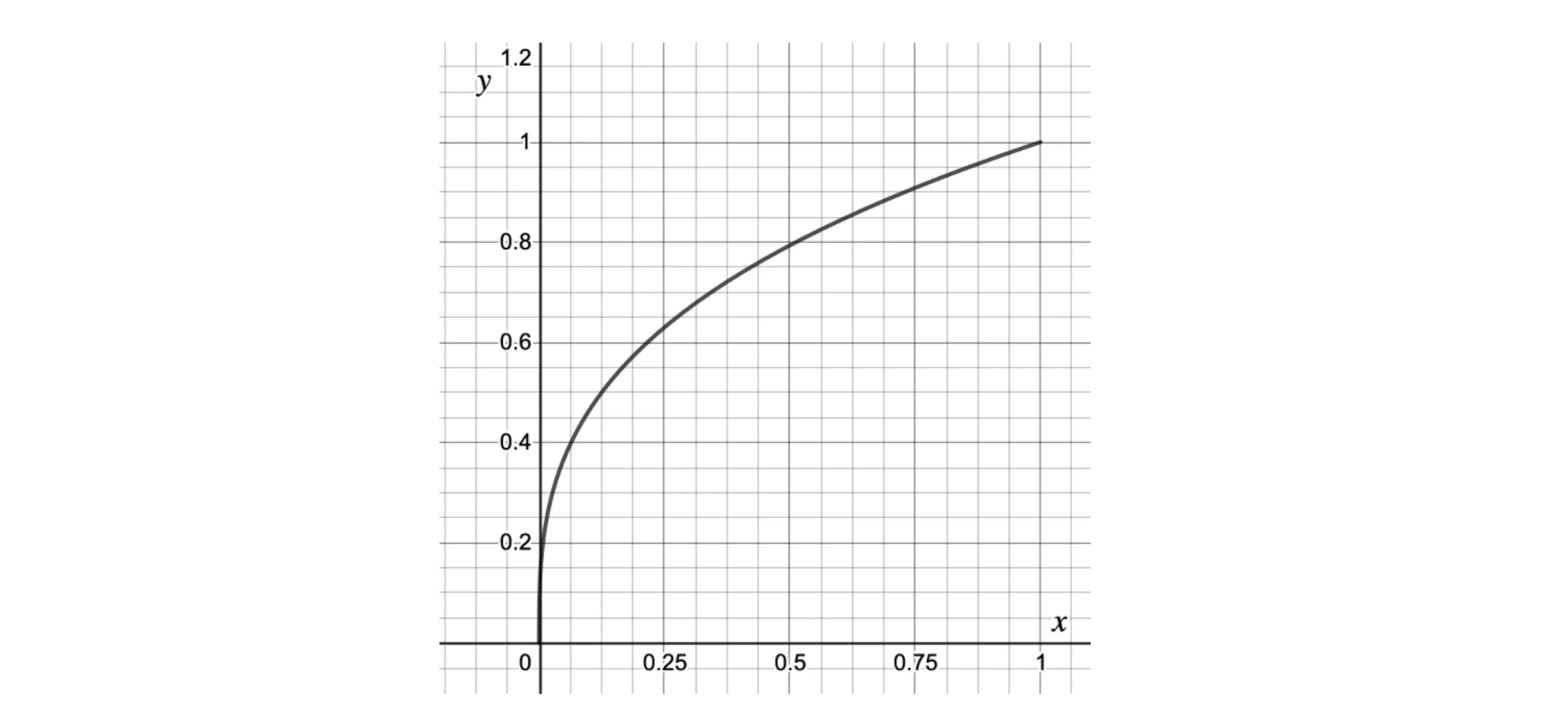Finding Areas under Graphs (WJEC GCSE Maths & Numeracy (Double Award)): Revision Note
Exam code: 3320
Did this video help you?
Finding areas under graphs
How do I estimate the area under a graph?
To find an estimate for the area:
Split area into vertical strips
Draw straight lines between the tops of the strips
This turns them into trapeziums
Find the area of each strip (trapezium) using
Add all the areas together
What is the trapezium rule?
The trapezium rule can speed up your working for finding the area under a graph
It works in the same way as finding the area of several trapeziums and adding them up
The formula for the trapezium rule is
is the width of each trapezium (along the
axis)
to
are the
-values (the lengths of the sides of the trapeziums)
Substitute the values into the formula and you can find the area in one step
It may be easier to think of the formula as
How do I know if my answer is an underestimate or an overestimate?
A common exam question is to ask if your estimate of the area is an underestimate or an overestimate
To answer this, simply look at the straight lines joining the tops of your strips
If the straight lines are below the curve, it is an underestimate
If the straight lines are above the curve, it is an overestimate
In your exam, the lines will all be below or all be above the curve- though it may be difficult to tell which for some strips
Examiner Tips and Tricks
This is particularly useful when working with speed-time graphs that are curved. The area underneath a speed-time graph is equal to the distance travelled.
Worked Example
The graph below shows for

Find an estimate for the area between the curve, the axis and the line
. Use four strips of equal width.
Answer:
Split the area into four strips using the width of 0.25 for each one
Find the coordinate at the end of each strip by reading the value from the graph or substituting the
coordinate into

Method 1 (summing the areas of several trapeziums)
Find the area of each strip by using the formula for the area of a trapezium
Add up all the areas
Method 2 (using the trapezium rule)
The trapezium rule is
is the width of each trapezium (along the
axis)
to
are the
-values (the lengths of the sides of the trapeziums)
Substitute the values into the formula
Work this out on your calculator
(b) Is your answer an overestimate or underestimate? Explain how you know.
Answer:
The top of every trapezium is below the curve, therefore this is an underestimate of the area

Unlock more, it's free!
Did this page help you?